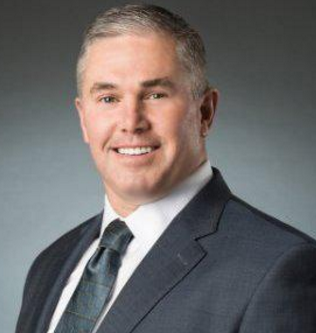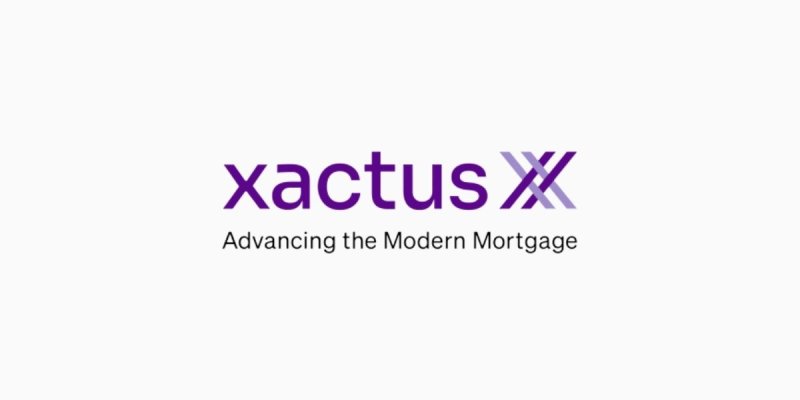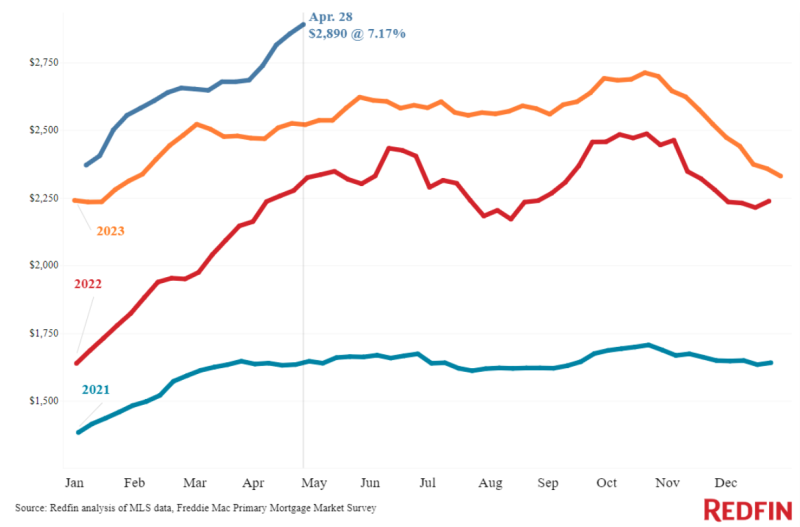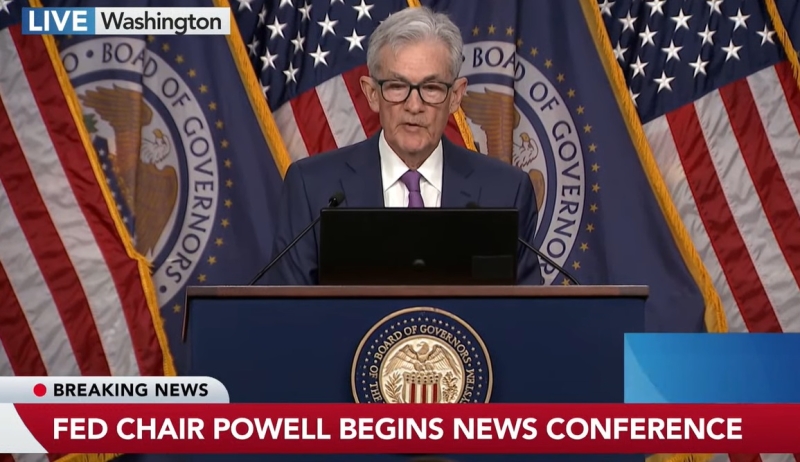Advertisement
New Technologies to Roll in the New Year

With the New Year rapidly approaching, businesses are not only thinking about the holiday season, but also about new initiatives for the first quarter. Specifically in the mortgage industry, lenders are looking at new technologies to assist them through 2019. Some main aspects that companies are looking to reduce or eliminate are inefficient procedures, origination costs and abandonment rates. More importantly, they are looking at improving the mortgage application process for the borrower, ultimately automating items such as assets, employment and income. Even more intriguing, companies are finally starting to open their eyes to new online lead generation tactics, maximizing their prospects for the year to come.
In today’s thriving digital world, there’s no telling what could be in store for 2019. Digital technology has the ability to assist someone when locking their doors, while ordering takeout, all the way to applying for a mortgage. Inefficient procedures are becoming extinct, making original, written 1003 applications a thing of the past. The whole concept of today’s digital technology is to make complicated, in-depth tasks easier and more accessible for the consumer. Mortgage lenders are all moving towards a digital point-of sale (POS) application as the new year rolls in.
In today’s thriving digital world, there’s no telling what could be in store for 2019. Digital technology has the ability to assist someone when locking their doors, while ordering takeout, all the way to applying for a mortgage. Inefficient procedures are becoming extinct, making original, written 1003 applications a thing of the past. The whole concept of today’s digital technology is to make complicated, in-depth tasks easier and more accessible for the consumer. Mortgage lenders are all moving towards a digital point-of sale (POS) application as the new year rolls in.
In recent months, it has become progressively obvious as to why digital point-of-sale applications are on the rise in the mortgage industry. Not only does it make the job of the lender feel like a breeze, but it makes the entire homebuying process simple for the borrower as well. Unlike the prehistoric style of filling out stacks of paperwork, digital 1003 applications eliminate tedious questions that don’t even apply to some buyers. For example, if a buyer notes that they do not have a child, they will not have any additional questions regarding how many children they have. Items such as this appear to go without saying, but it’s unbelievable how much time is saved when these factors are taken away from the equation. A borrower can easily jump around an application to fill in the information they have on hand, leaving the rest for later. In fact, a person is more inclined to return to their application and complete it because they aren’t overwhelmed, feeling as if they have so much more to go. Staring at a high packet of paper, wondering which page to turn next can be intimidating, and ultimately, time-consuming. A digital POS application is simply more productive and efficient. It’s no wonder that borrowers and lenders alike prefer the newly enhanced, digital 1003 application, and are steering towards a fully-digital mortgage solution in 2019.
This advanced process is a win-win scenario for both parties involved. Because digital point-of-sale applications have been known to decrease the industry’s abandonment rate by more than 50 percent, lenders are no longer putting out origination costs for loans that never get completed. The entirety of this concept is based on getting the borrower to submit their completed application so that the lender isn’t spending additional funds for every unfinished form. With the world of technology expanding, the mortgage industry is changing day by day. It is the duty of the lender to keep up with the advancing technology in 2019, as it will not only benefit the borrower, but it will ultimately benefit their company.
In order to have a successful POS, a lender must have an appealing mortgage compliant Web site. This seems to be a crucial item that lenders are lacking as we enter the New Year. Scrolling the Web, I can easily find a number of Web sites that appear to have been designed in the year 2000, and they certainly don’t look trustworthy to input my personal information. More specifically, there are some sites that businesses are using to build their platform that have security issues that could potentially put the borrower’s personal information at risk of a hacker. In an industry where we have the world at our fingertips, there is no reason as to why this should still be an issue.
Some of these mortgage sites that exist on the Web do not even limit log-in attempts, meaning that even if a hacker unsuccessfully breaches one’s log-in, their system can overload as a result. The account can then be suspended due to these failed log-in attempts. This is putting not only the privacy of the borrower at risk, but also you as the lender. Quite frankly, it is not worth taking the chance. The PHP code that runs a Web site can then also be easily exploited, which would give unwarranted access to the site. This would only be the beginning of a series of disastrous events that could have easily been avoided. It’s best to avoid these issues that unfortunately do occur, and enter 2019 with a custom mortgage Web site.
With new technology being introduced daily, mortgage Web sites should be equipped with added features like plug-ins, extensions, and add-ons that can ultimately improve their site. Lenders want their sites to look good, and function properly to ensure the best quality experience for their team and their borrowers. Come 2019, it is expected that most mortgage companies will be on their way to becoming fully digitalized.
One aspect that is sure to take off in 2019 is the concept of lead maximization. Let’s face it … cold calling is dead. Companies cannot just pick up the phone and expect to get a solid lead. In the mortgage industry in particular, it has become increasingly more difficult for lenders to produce quality leads aside from their typical Realtor referrals. The idea here is to target homebuyers where they are most comfortable, and spending most of their time, which is on social media.
My company has developed a platform to increase lead generation for Loan Officers, and simplify the communication process with borrowers. It utilizes online advertising strategies to drive potential borrowers through a strategic sales and marketing funnel to convert them from “strangers” into leads. LOs can then automate and schedule multimedia messages such as texts, ringless voice mails, video messages, and much more. In turn, this results in LOs generating more leads, having more valuable conversations, building stronger realtor relationships, and ultimately closing more loans.
However, a great solution does not simply function as a lead capture, a POS application or attractive mortgage compliant Web site, but rather, something that includes all three. Lenders are looking at digital mortgage solutions that fulfill all of their needs to bring them success come the New Year. The year 2019 will bring many changes for everyone involved in the mortgage ecosystem, and it is imperative that everyone is prepared.
 Curt Tegeler is Chief Executive Officer at WebMax, responsible for providing direction for action to all employees and business initiatives. Curt’s main responsibilities include communicating and implementing the company’s vision and mission; leading, guiding, directing, and evaluating the work of executive leaders; formulating and implementing the strategic plan; forming, staffing, guiding, leading and managing WebMax; evaluating organizational success; and represents WebMax in civic and professional activities.
Curt Tegeler is Chief Executive Officer at WebMax, responsible for providing direction for action to all employees and business initiatives. Curt’s main responsibilities include communicating and implementing the company’s vision and mission; leading, guiding, directing, and evaluating the work of executive leaders; formulating and implementing the strategic plan; forming, staffing, guiding, leading and managing WebMax; evaluating organizational success; and represents WebMax in civic and professional activities.This article originally appeared in the December 2018 print edition of National Mortgage Professional Magazine.
About the author





